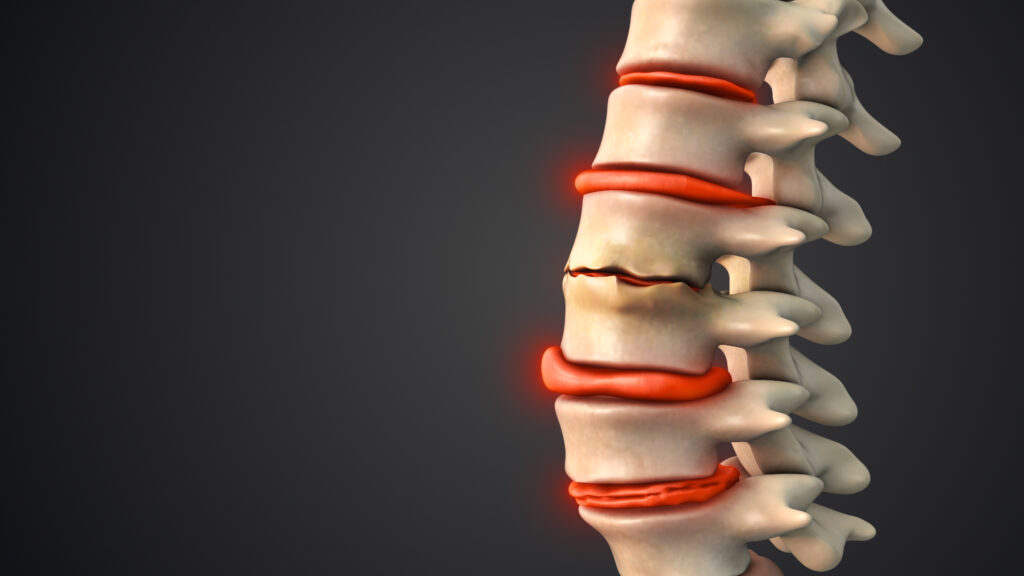Chronic low back pain (cLBP) and radiculopathy remain two of the most prevalent causes of disability worldwide, significantly impacting individuals’ quality of life and leading to substantial economic burdens. Traditional spine treatments often fall short in terms of reliability and can lead to a variety of adverse events. Among these treatments, surgical options such as discectomies and fusions have their own sets of complications. Discectomies can weaken the discs, while fusions may cause direct damage to adjacent discs, both of which can accelerate disc degeneration.
In light of these challenges, researchers are exploring alternative regenerative medicine treatments that could provide more effective solutions. Recent studies have focused on the utilization of “stem cell” therapies, specifically centrifuged bone marrow aspirate (BMC), and platelet-rich plasma (PRP). However, these treatments have a notable limitation: they lack the bio-adhesive properties of fibrin.
Fibrin is a strong bio-adhesive that has shown promise in integrating into disc defects. When applied, it binds to the disc material and becomes part of the disc structure itself, facilitating the growth of new disc tissue. This characteristic positions fibrin as a potentially superior option for treating discogenic cLBP and radiculopathy, as it may not only address the pain but also promote healing and regeneration of the damaged disc tissue.
The significance of these findings is underscored by a group of researchers, including Kevin Pauza, Kwadwo Boachie-Adjei, Joseph T Nguyen, Francis Hussey Iv, Jacob Sutton, Akua Serwaa-Sarfo, Patrick M Ercole, Carrie Wright, and William D Murrell. Their work highlights the urgent need for innovative approaches to spine care that prioritize patient outcomes and minimize the risks associated with traditional surgical interventions.
In conclusion, as the medical community continues to grapple with the challenges posed by chronic low back pain and its related conditions, there is hope that advancements in regenerative medicine, particularly involving fibrin, will lead to safer and more effective treatment options. The ongoing research in this field will likely pave the way for a new paradigm in addressing spinal health, improving the lives of countless individuals around the world.


